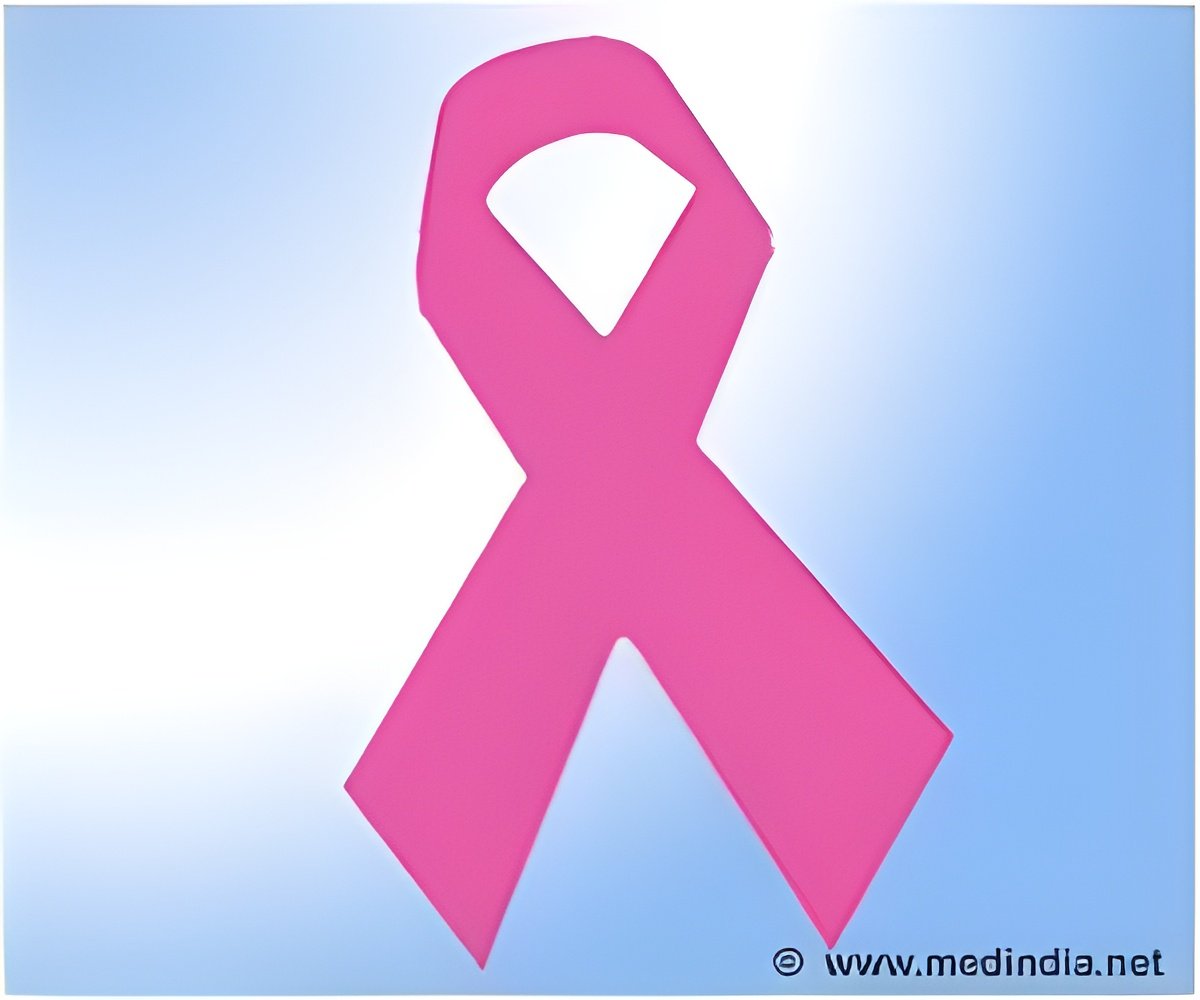A new study has found that though the breast cancer screening costs shot up between 2001-2009, the increase did not cause earlier detection of new breast cancer cases

"Screening mammography is an important tool, but this rate of increase in cost is not sustainable," said Killelea, assistant professor of surgery. "We need to establish screening guidelines for older women that utilize technology appropriately, and minimize unnecessary biopsies and over-diagnosis to keep costs under control."
Gross, Killelea, and other members of the Yale COPPER research team explored trends in the cost of breast cancer screening. They identified the use of newer, more expensive approaches including digital mammography and computer aided detection (CAD), as well as the use of other treatment tools and subsequent procedures such as breast MRI and biopsy, between 2001-2002 and 2008-2009. They also assessed the change in breast cancer stage and incidence rates between the two time periods.
They found that use of screening mammography was similar between the time periods —at around 42% of female Medicare beneficiaries without a history of breast cancer. There was a large increase in the use of digital mammography technology, which is more expensive than standard film technology ($115 vs. $73 per mammogram) and has not been shown in clinical trials to be superior for women 65 years or older.
The team also found a considerable increase in the use of other newer, more expensive screening and related-adjunct technologies. As a result, Medicare spending for breast screening and related procedures increased from $666 million (in 2001-2002) to $962 million (2008-2009).
While the United States Preventive Services Task Force does not recommend breast cancer screening for women age 75 years and older, the COPPER team found that Medicare still spent an increasing amount per woman 75 years and older in the study.
Advertisement
Advertisement













